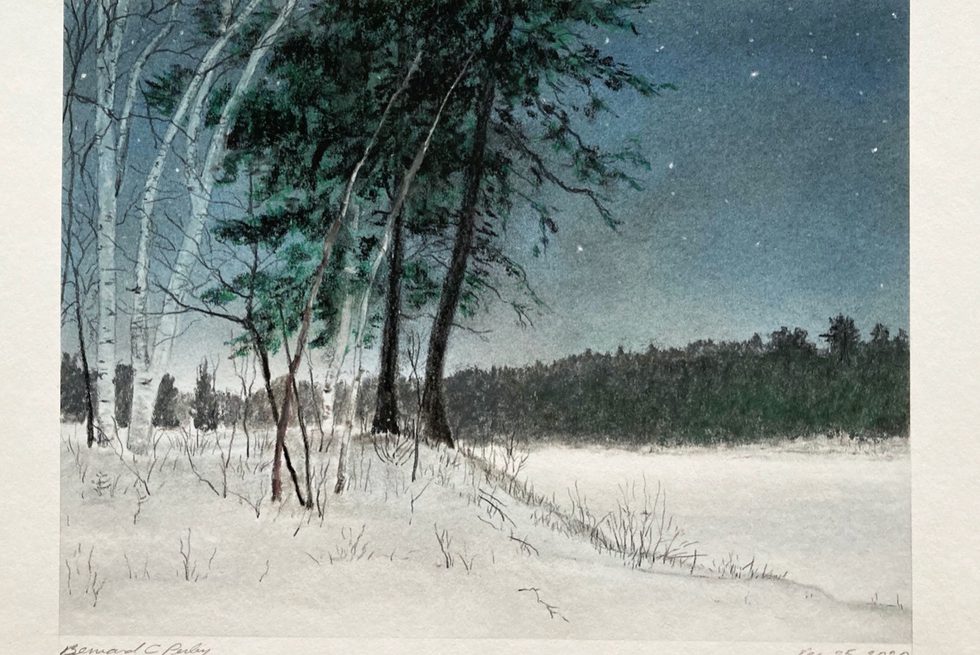
What are the ethnographic arts through which we know and express the worlds we encounter? How does ethnographic experience become translated into/as art? How can the synergy between ethnography and art help us think about complex social processes, from climate change and species extinction to racialization, refugee rights, and collective memory? The authors of these essays work with and as artists. We are inspired to stretch our disciplined understanding of art to incorporate ethnographic theory, method, writing, and teaching. All of the pieces contribute to thinking about art and the making of ethnography as creative processes borne in desired relation. Each essay engages with questions of memory and materiality. Each essay reckons with the tension between form and content, which some of our writers resolve into experiments in ethnographic form: a prose-poem becomes a practice of “unworlding in the act of description”; an artist-anthropologist peers “into the surface of the paper, creating a Maliseet world through language, experience, and place”; everyday encounters surface as “fertile ground” that spill beyond the page and into a letterpress; teaching anthropology by learning to look closely at photographs or paintings becomes a way of cultivating the art of ethnographic attention; for the dyaspora pèpè (discarded diaspora), the materiality of music as artform and livelihood strategy is reborn as hope; music practice is revealed as a “musical web of solidarity and support” for the displaced; an anthropologist is inspired by the art practices of her interlocutors to imagine the conceptual “end of the refugee”; a scholar “in need of joy” finds pleasure in shared art creation within and beyond the demands of academic labor. What are the ethnographic arts that enable us “to turn private impressions into public expression”? What if anthropology were a way of learning “to see in the dark,” of finding in darkness an essential place of refuge where joy and relationality are built?
Posts in This Series

Art and Ethnographic Forms in Dark Times: Introduction
This series considers the intersections between ethnography and art, and the playful synergy that emerges between them, even in dark times. The contributors to ... More

Air, Mirrorworld
This piece shifts among ways of sense-making of monarch butterfly conservation efforts in Texas, which prompt citizen scientists and ranchers to plant pollinato... More

Illumination: Ethnographic Arts in Times of Darkness
2020. What a year! A year when a myriad of threats darkened the world and foreclosed possibilities. Winter’s decreasing hours of daylight made tangible the dark... More

Just Visiting: Curious Ethnography, Intentional Design, and Collaborative Art
If we think of making as knowledge and the process of knowledge making, making as art and the process of art making, we cannot draw clear lines between one and ... More

Learning to Look
The relationship between what we see and what we know is never settled. —John BergerPrivileging Sight We practice noticing, here in the Zoomiverse. In summer 2... More

Deported Yet Not Departed: How Do the Banished Reclaim Their Joy?
Richard is a thirty-seven-year-old man who was deported to Haiti from the United States in July 2020. As a nine-year-old, Richard fled Haiti with his mother in ... More

Between Joy and Nostalgia: A Story of Venezuelan Musicians in Paris
We were laughing hard, our torsos bent over our aching bellies, our faces stretched into big smiles. This uncontrolled laughter was the palpable ruins into whic... More

Arts Activism in the Mediterranean
“You were lucky you were born after everything had passed.” Yosef said these words to an audience of Italian arts professionals and students who were taking in ... More

The Joyful Materiality of Pink & Green, and Blue
In May 2017 in Toronto, eleven collaborators and I produced Pink & Green, an art zine. For three consecutive days, we met at Artscape Young Place to look at... More

Ethnographic Portraiture: Adjusting to Light and Dark
As ethnographers, we try to receive and conduct forms of light and dark that others exude. In this regard, our task overlaps with many other art forms. How do w... More

Seeing in the Dark: We Are Already Creating Joyful Futures in Real Time
I was writing this essay before I had words to speak it. We all have been. This is perhaps one of the most stubborn truths for those of us who are organizing in... More